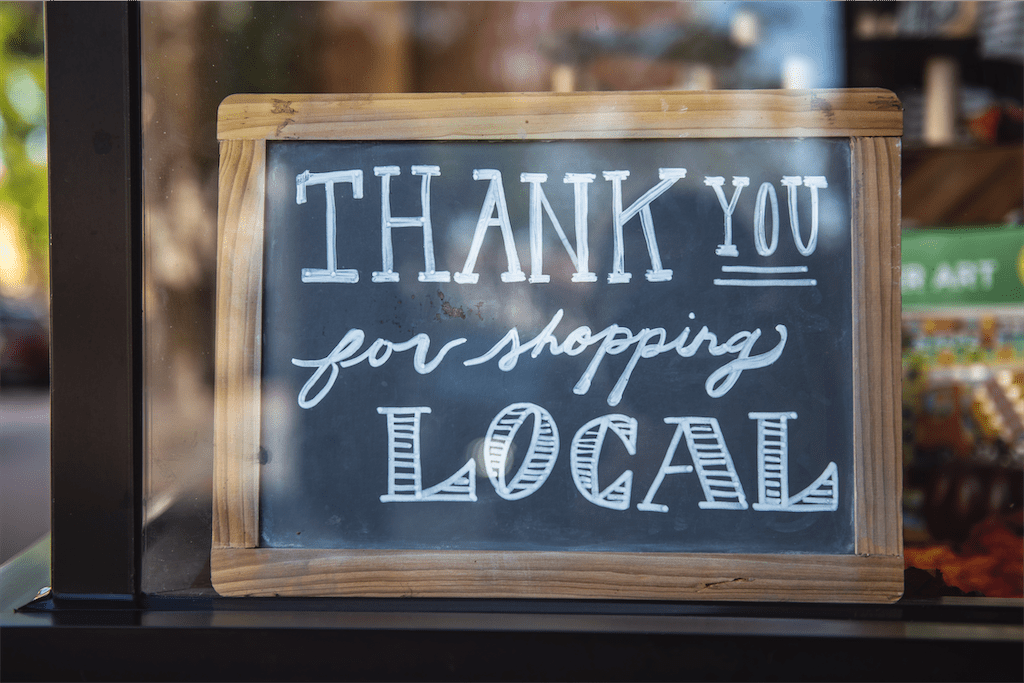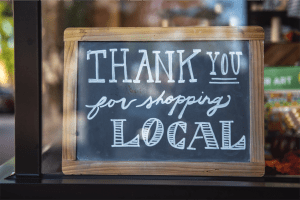Food industry: Post-Covid trends and opportunities

24TH September 2021
An interview with Frédéric Milgrom, president of B2C Advisors, a consulting Boutique dedicated to food retailers and producers.
Frederic Milgrom is heading the specialized strategy Boutique, B2C Advisors. He advises corporate clients and investors on strategy and commercial excellence. As a former senior member of the Oliver Wyman and EY Parthenon retail and consumer practices, he has personally led numerous (30+) due diligences and strategic reviews in the Food sector (upstream, production, retail) over the last years.

What are the key trends emerging in the pandemic/post-pandemic European food industry?
The pandemic situation has largely accelerated the disruptions that had been gaining steam for years. And the real “new normal” may be the fact that all the players have to deal with much more fragmentation and volatility than before.
The acceleration is clear in terms of :
- the digitalization of our ways to shop for food and to receive “home dining” delivered to our doors (we witness all the quick commerce launches and investments of the last months, but also all the massive investments by large retailers into their home delivery and click and collect platforms and into their collaboration with Deliveroo, Uber Eats and the likes);
- the increased polarization in the way people shop, between categories where they look for a bargain and/or a hassle free experience (simplistically said, that is mostly dry food) and the ones where they look for quality and are emotionally attached to what they buy and eat (most fresh food / babyfood / petfood); this, combined in some European countries by an actual or anticipated loss of purchasing power, makes all the “downtrading” and “ uptrading” trends even stronger, with even more trade-offs; and this puts mid-market and secondary brands and products under pressure;
- the number of shopping alternatives to the traditional supermarkets and superstores (be it organic players, fresh specialists, frozen food ones; it is the high-end ones that are making a strong come back, ready meal kits providers, convenience specialists, bulk purchase outlets…) with an associated fragmentation in the way we purchase products;
- the demands on the food value chain to limit its carbon footprint and to mitigate climate change, combined with a more widespread consumer aspiration to reduce animal protein and dairy intakes, destabilizing some well established European value chains and favouring the consumption of locally produced products, a.k.a. localism.
And volatility is increasing, as of now with large and rapid variation in commodity prices. This may continue, as the macro-economic background will stay uncertain as long as our economies have to carry high levels of debt. We may see tensions between (temporary yet significant) inflation spikes and (structural) deflation.
You have mentioned localism as an accelerated trend. Could you elaborate on this?
Well, this trend tends to be present in most European countries, Local seems to be “beautiful” but also “small” (ie small producers of local brands) is becoming “beautiful” and “competitive”! If we take the example of France (a market which was the focus of an HEC business school webinar before the summer, with the help of Nielsen IQ Europe):
- Most consumers have developed a significant attraction to local offers and small brands for several years, whose proximity seems to guarantee quality, tracability and environmental sustainability. For example, at Intermarché, the #3 player on the French market and the fastest growing retailer, small and very small companies represent 11% of the Chilled and Fresh sections revenues and 27% of the year to date growth;
- Grocers are increasingly listing products from smaller manufacturers and local products, by a multiplier of x2 for “ETI” mid caps products and x4 for “SME” small caps¹.
¹Growth of the listed offer for ETI originated products : +20% since 2014, versus 11% for large cap companies ; and for PME : +41% ; to be compared with TPE products : +8% ; source Nielsen IQ France
Why? Because small and / or local manufacturers can leverage a certain customer intimacy, an ability to adapt and target “niches”, which, in this age of accelerated fragmentation and polarization, gives them an advantage.
As a consequence, Nielsen IQ forecasts that small and mid caps players will continue to have an edge in the coming years in most of Europe (see graph below with a forecast for France). They will capture market share and the lion share of the (limited) grocery market growth.

What are the implications of the trend in favor of small and local producers for your corporate clients?
Firstly, retailers are in a current “race” to list and list new local products. As long as they detect a marketing edge in the product, they reach good unit margins and have capacity in their warehouses and “dark stores”, they will do it! They will compute the maths later, once they have enough historical customer and basket data to detect which products are bringing enough incremental sales and margins and which are not. Then they will be in a more selective mood.
As per producers, it depends on their size and more importantly on whether they are a large incumbent in a given category or not.
If they are a large incumbent, they are trying to defend their existing positions and at the same time to ride this wave by launching new/niche/local products. However, this is not so easy to do, especially if they have been used over the last decades to focusing only on a couple of umbrella brands and large production series. Yet, some will persist and manage to run an efficient dual business model (large brands and series on one side and small brands with a flexible production set-up on the other side).
As per our smaller clients, they thrive on this! For them the issue is to deal with the speed and cost of growth: how to grow nationwide? With which field sales force and logistical set-up? How to be successful in E-commerce, while not having the same access to digital skills than some of the big guys and without relying on a big proportion of blockbusters? How much to invest into (retail) prices and commercial conditions to enlarge one’s reach? How to make such investments accretive?
And what are the opportunities for financial investors?
The investors active in the field are small to midcap investors: they can play a big role into making the local player national, by providing the cash, including for selected external growth (to add some relevant products), by giving the clout to recruit the required managers, and by guiding the portfolio company towards more advanced digital and revenue management methods, all this being necessary to capture the tappable growth and optimize the cost of growth… If this “play” is well designed and executed, the value creation can be important and exit stories to larger consumer products players do exist … Current landmark examples are:
- The “Gozoki group”, France, which with the backing of Crédit Mutuel Equity, is grouping speciality products and brands from the South West of France, with one single sales force, a common commercial approach and some cost synergies;
- The “Ankerkraut” spices company from Hamburg, Germany, that is rolling out its hybrid Direct to Consumer and wholesale business model, with EMZ Partners as a shareholder;
- The “All good” high end tortilla company, which, based on a commercial and production base in the North East of the UK and strong links to Marks & Spencer, has managed to become national, with the backing of NVM, and is now part of the Capvest-backed Irish Valeo food group.


